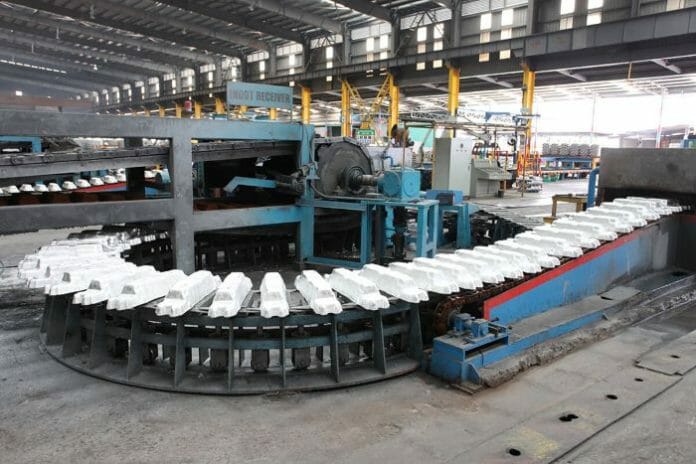Aluminium prices are expected to remain volatile in 1H23, as global economic growth is likely to slow down. Nonetheless, RHB believes the sector’s risk-reward profile is still positive – underpinned by the relaxation of COVID-19 restrictions in China, and expectations of the rate hike cycle entering its tail-end.
Accordingly, the house picks Press Metal, as it is a proxy to the low-carbon-producing aluminium smelters in ASEAN, and benefits from the structural demand shift towards Asian smelters amid production disruptions in Europe.
London Metal Exchange (LME) aluminium was trading at USD2,200-2,600/tonne since early 2023, as fears of slowing global economic growth cast a pall on the excitement over China’s reopening story. Despite the US Federal Reserve raising its benchmark interest rate by 25bps in the recent March meeting, the LME aluminium price remained steady at
USD2,368/tonne on 1 May vs USD2,400/tonne in 1Q23. In the near term, the risk-reward profile for LME aluminium prices may remain positive, underpinned by: i) Low global aluminium inventory levels; ii) the pick-up in aluminium adoption from the renewable energy and EV sectors, and iii) ramp-up in demand stemming from China’s economic recovery.
The other building material which is cement, the average bulk cement ASPs remain elevated at MYR390/tonne as of March (flat MoM) due to the elevated time lag in passing through the spike in coal prices by local cement producers. According to the Department of Statistics Malaysia, cement production totalled 2.5m tonnes in February – higher than the pre-pandemic monthly average of 1.3m. RHB stays cautiously optimistic on the cement sector, underpinned by: i) The recent sharp correction in key raw material prices ie coal (c.50% of total production costs) by an average of 50% YTD; ii) potential improvements in operating efficiency post industry consolidation in West Malaysia, as well as iii) earnings visibility for Cahya Mata Sarawak (CMS) following the higher allocation of Budget 2023 for East Malaysia (2023: MYR12.1bn vs 2022: MYR9.8bn).
As for sector outlook for under coverage – especially CMS – should be major beneficiaries of the higher Budget 2023 allocation for East Malaysia. Demand for cement in Sarawak should provide earnings visibility for CMS, underpinned by ongoing state construction projects such as the Baleh Dam (expected to be completed by 2026), Sarawak coastal roads, the
state’s second trunk road, and the Pan Borneo highway. For PMAH, the aluminium sector should be anchored by the reopening of China (accounting for 60% of global demand), ongoing tightness in global inventory levels, and lower risks despite rising interest rates. PMAH has a hedging policy of 35- 40% at USD2,400-2,500/tonne (for 2023), 30% at USD2,600/tonne (for 2024), and 15% at USD2,700/tonne and above (for 2025). This should help cushion it against the volatility in aluminium prices.
Key sector downside risk. Decline in LME aluminium prices, decelerating global economic growth, higher-than-expected raw material costs, lowerthan-expected cement ASPs, and lower-than-expected cement production.









